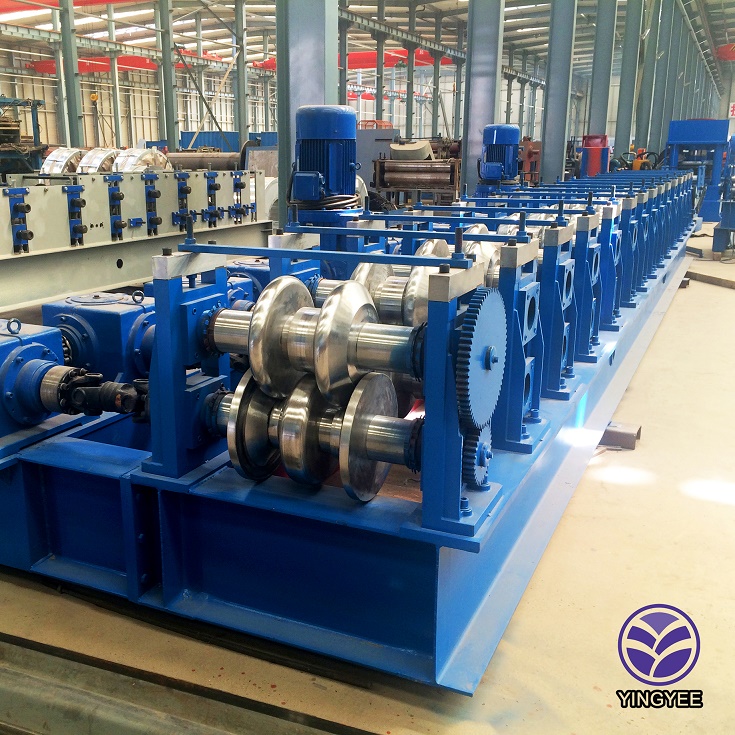
Cut-to-Length Line Revolutionizing Material Processing in Manufacturing
In the ever-evolving landscape of manufacturing, efficiency and precision are paramount. The Cut-to-Length (CTL) line has emerged as a game-changing solution for various industries, ranging from metal fabrication to wood processing. This article delves into the workings of a Cut-to-Length line, its benefits, and its applications in the manufacturing sector.
At its core, a Cut-to-Length line is designed to produce specific lengths of material from larger stock components. This process is particularly vital in industries where standard sizes are required for further processing or assembly. The CTL line typically consists of a series of conveyor systems, cutting tools, and controls that work in harmony to ensure accuracy and speed.
How a Cut-to-Length Line Works
The operation of a Cut-to-Length line begins with raw material being fed into the system. These materials can be in various forms, including sheets, coils, or rods. The line is equipped with precision measuring devices that determine the exact length required for each cut. Upon receiving the measurement, the system activates the cutting mechanism—often using blades or lasers—to sever the material. The cut pieces are then transferred onto a collection system for packing or further processing.
The entire process is often automated, which significantly reduces human error and increases throughput. Advanced CTL lines can process a wide range of materials, including metals like steel and aluminum, as well as plastics and composites. This adaptability makes them invaluable across multiple industries.
Benefits of Using a Cut-to-Length Line
1. Increased Efficiency One of the primary advantages of a Cut-to-Length line is the dramatic enhancement in efficiency. Automation reduces labor costs and speeds up the production process, allowing manufacturers to meet high demand without sacrificing quality.

2. Material Conservation By providing precise cuts, CTL lines minimize waste. This is particularly important in industries where raw materials are costly. Manufacturers can optimize their materials, leading to significant cost savings over time.
3. Improved Consistency The automation and precision of CTL lines ensure that each cut meets stringent quality standards. This consistency is crucial in industries like aerospace and automotive, where tolerances are tight, and safety is paramount.
4. Versatility Cut-to-Length lines can be adapted to a variety of materials and thicknesses, making them versatile tools for manufacturers. This adaptability is essential in a market where customization is key to meeting specific customer demands.
5. Streamlined Operations Integrating a CTL line into a production process can lead to better workflow management. With materials being cut to size before they enter subsequent processes, manufacturers can improve the overall organization of their operations.
Applications across Industries
Cut-to-Length lines are prevalent in numerous sectors. In the metal industry, they are used to produce sheets and strips for further fabrication or welding. In woodworking, CTL lines allow for the precise cutting of lumber, which is essential for furniture production and construction. Additionally, the automotive industry benefits from CTL technology in producing parts that require exact dimensions for assembly.
As industries continue to embrace advanced manufacturing technologies, the Cut-to-Length line stands out as a critical tool for enhancing productivity and efficiency. By providing precise, automated cutting solutions, CTL lines not only save time and reduce waste but also deliver consistently high-quality results. This combination of benefits makes the Cut-to-Length line an essential component of modern manufacturing processes, leading the way toward more sustainable and profitable production methods.
In conclusion, the Cut-to-Length line is redefining how materials are processed in manufacturing, paving the way for a future where efficiency, precision, and sustainability go hand in hand. As technology continues to advance, the importance of such systems will only grow, making them indispensable in the manufacturing landscape.